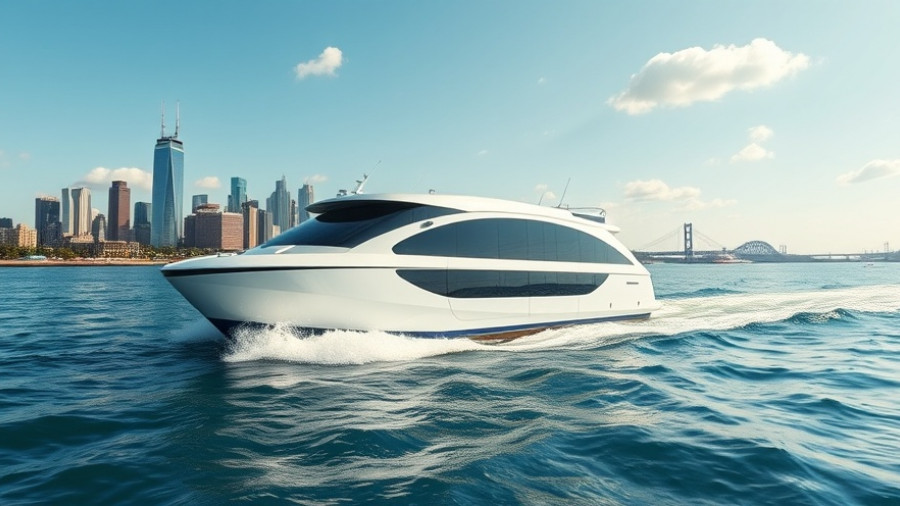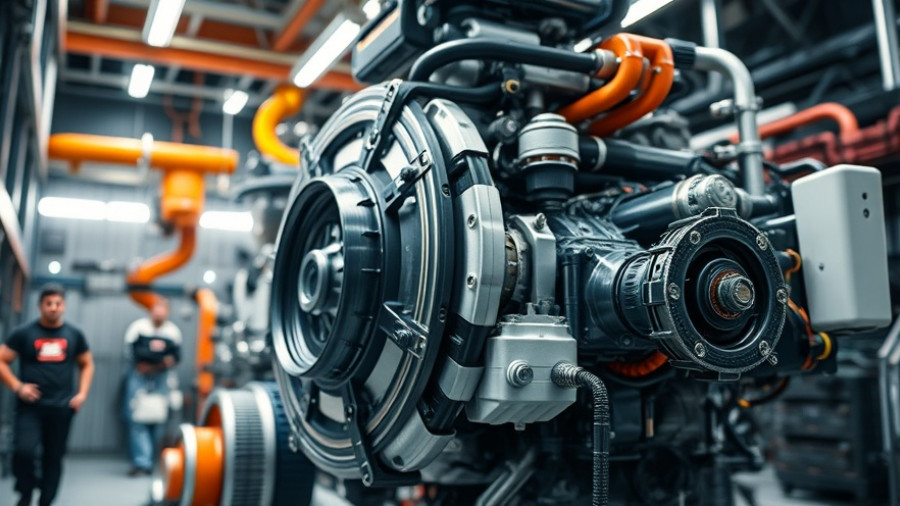
Revitalizing Waterfronts: The Importance of the Jeffboat Redevelopment
The newly approved $20 million grant from Lilly Endowment Inc. for the redevelopment of the Jeffboat waterfront is more than just a financial boost; it's a legacy project poised to transform Jeffersonville, Indiana, into a vibrant economic hub, revitalizing a site steeped in rich history.
A Historic Investment in Southern Indiana
Founded in the 1800s, Jeffboat played a pivotal role as one of Jeffersonville's largest employers for many decades. The site has undergone changes over the years and has sat largely abandoned, awaiting a transformative vision that now appears to be on the horizon. “This grant funding is the foundation for the transformation of the Jeffersonville riverfront into a vibrant, mixed-use development,” said George Piccioni, vice president of business development at the American Commercial Barge Line (ACBL). The support from both Lilly Endowment and the Indiana Economic Development Corporation signals a commitment to investing in local communities and preparing them for a prosperous future.
Turning Plans into Reality
The combined funding, which includes an earlier $6.5 million grant from the Regional Economic Acceleration and Development Initiative (READI 2.0), now totals $26.5 million targeted for the Jeffboat project. Mayor Mike Moore expressed optimism, stating this funding is what’s needed to accelerate progress on the long-awaited redevelopment. He noted that community interest continues to grow as residents anxiously await developments. “It’s an incredible feeling to receive this funding, showing that there’s faith in our project,” he declared.
Economic Growth and Job Creation
The Jeffboat revitalization project will not only restore an important piece of Jeffersonville’s history; it will also create new jobs and stimulate economic growth for Southern Indiana. The involvement of Thrive Companies, with their plans for modern amenities such as apartments, a boardwalk, restaurants, and potentially an amphitheater fosters a vision for enriching the local economy and drawing in more visitors. Steve Bollinger, a principal at Thrive Companies, emphasized the positive relationship fostered with local leadership, hinting at a culturally rich redevelopment where community needs are front and center.
Environmental Considerations and Infrastructure Development
As they move forward, the city is aware of critical steps in ensuring environmental safety, including extensive testing that has already been completed at the site. The removal of old metal structures is also on the agenda, providing locals an indication of the project's pace and Simon Richards, owner of Cast Iron Steakhouse, expressed enthusiasm, acknowledging that local businesses stand to benefit greatly once redevelopment avenues open.
Future Perspectives: What Lies Ahead for Jeffersonville?
The Jeffboat waterfront redevelopment symbolizes a significant moment for Jeffersonville, reflecting a broader trend of revitalizing forgotten industrial spaces into thriving communities that marry residential, commercial, and recreational spaces. The anticipation of this project serves as a beacon of hope for other similar initiatives across the region which enhance quality of life while retaining the unique history of these locations. With state backing and a community-driven approach, the project’s potential impact extends well beyond Jeffersonville, possibly setting a template for redevelopment in comparable locales throughout Indiana and beyond.
In conclusion, the journey of turning the Jeffboat site from an abandoned shipyard into a bustling waterfront community is just beginning. As efforts unfold and new developments materialize, it underlines the significance of collaboration between local governments, businesses, and organizations like the Lilly Endowment, demonstrating that revitalizing our communities can lead not just to economic benefit, but to cultural enrichment as well.
 Add Row
Add Row  Add
Add 




Write A Comment